How to bathe a parrot?
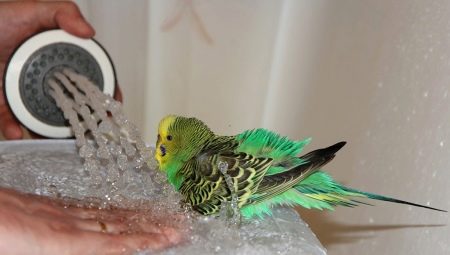
In their natural habitat, many parrots love moisture and therefore willingly bathe in rainwater. You can also bathe birds at home. Why this is needed, and how to do it, will be discussed in this article.
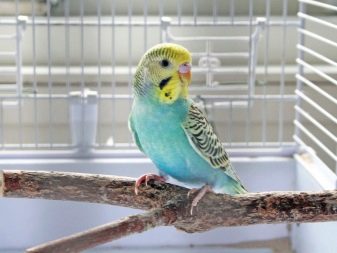

Why are water treatments needed?
To figure out whether birds need water procedures, you need to remember where parrots live in their natural environment. Most of the species live in Australia and in the territories adjacent to it. In any case, parrots live in climates such as the tropics and subtropics. This climate is characterized by a rather high air temperature. Birds settle in tropical forests, where the humidity is higher, as well as near water bodies.
Birds living in natural conditions can splash not only in water bodies, but also wash themselves with dew or rainwater.
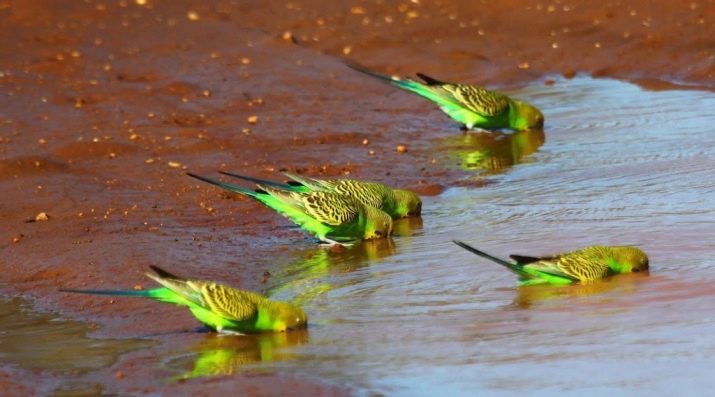
In apartments, the temperature and humidity are far from the natural tropical conditions. Most often, the air in houses is too dry, and the temperature can reach rather high rates both in the hot season and in winter, if the heating devices are operating at full capacity. It is also worth noting that parrots lack sweat glands. Therefore, in conditions of high air temperature and low humidity, it is even necessary to bathe them. Water will help regulate the birds' body temperature and reduce the risk of heatstroke. Also, water procedures have a beneficial effect on the appearance of birds, as they help cleanse the plumage from dust.
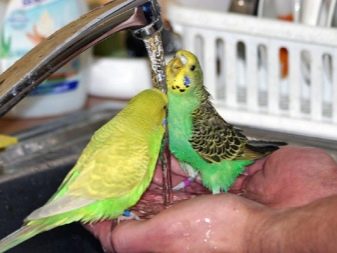
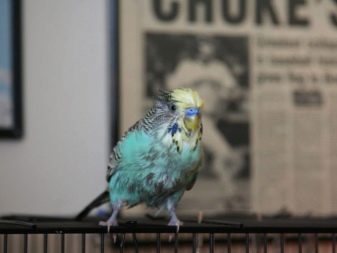
The necessary conditions
When bathing a parrot, it is important to follow a number of rules in order to do not harm the bird.
- First of all, it is necessary to monitor the temperature of the water and the room. There should be no drafts in the room, and the optimal air temperature is considered to be in the range from 22 to 25 degrees.
- As for the water, its temperature should be about 25 degrees. Consider the fact that parrots can drink the water they splash in, so care must be taken to keep the water clean and drinkable. There should not be too much liquid (the water level to the parrot's abdomen is considered optimal).
Many are worried about the question of how often you can arrange water procedures for a parrot. Only the bird itself can answer it. If the bird loves water and splashes in it willingly, there is no need to limit it in pleasure. However, it is not recommended to leave a container of water in the cage at all times, as the bird can wet the food. There are several restrictions on the number and frequency of water treatments.
It is not recommended to bathe your parrot if it is sick. It is also not advisable to carry out water procedures too often in the cold season.

What can I bathe in?
For bathing birds, you can use both specialized baths and other containers that can be found in every home, for example, saucers. A bathing suit for parrots is a container with a ceiling, closed by walls on three sides. Most often, such trays are made of plastic. It is convenient to place them in a parrot's cage, but it is advisable to put it away from the food. When choosing, you should pay attention to the size of the swimsuit. If the container is significantly larger than the parrot itself, the risk of choking the bird increases.
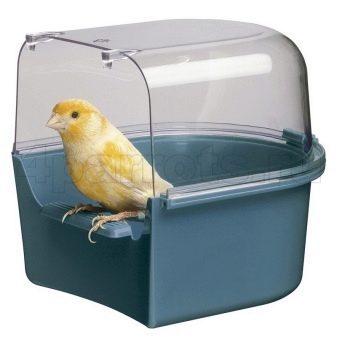
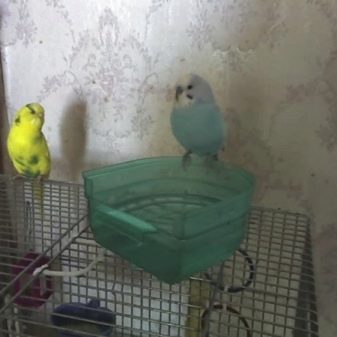
Since many parrots love to swim and do it quite often, it is most convenient to use specialized swimwear. Alternatively, you can use deep bowls, but don't place them in the cage.... Usually, such dishes take up a lot of space, and they also do not have protective walls.
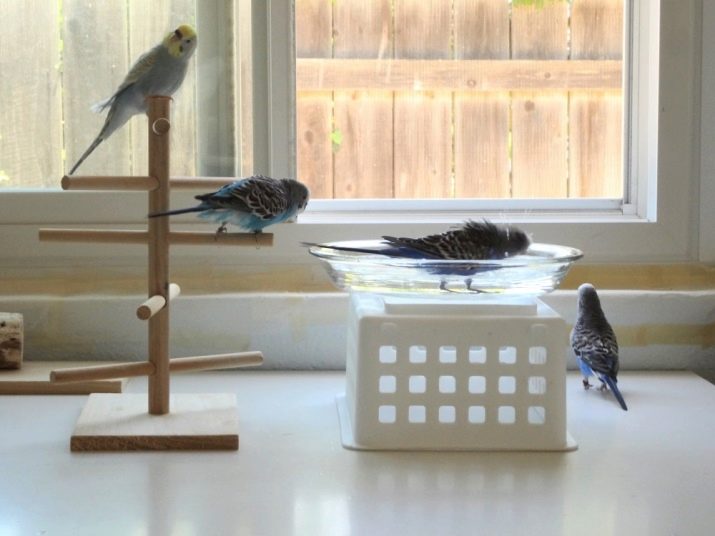
Some birds enjoy swimming in the sink under the tap. In this case, you need to ensure that the water pressure is not too high. It is also important that water is not poured into the eyes and ears. You can close the drain and draw some water into the sink, then turn off the tap. The least common use for bathing is a spray bottle. However, some birds like this way of wetting their feathers.
If the parrot dodges the spray and is afraid of the spray bottle, it is no longer worth repeating this procedure.
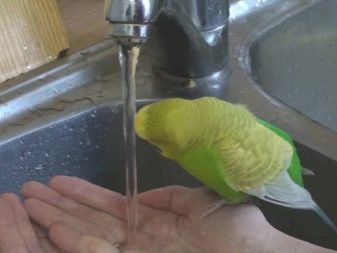
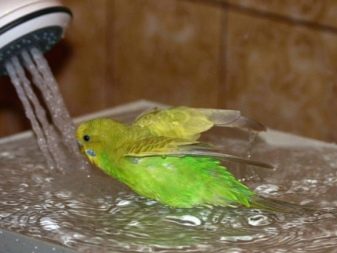
How to teach?
Most parrots do not need water training. Most often, they themselves begin to swim with pleasure at the first opportunity. However, some individuals are afraid of water and categorically refuse to swim. In this case, you do not need to force the bird to take water procedures too actively. Over-persistence can stress the parrot, which in turn can lead to illness. You can try sprinkling some water from a spray bottle. Perhaps the bird will love this kind of artificial rain. After that, you can offer the parrot other ways of bathing.
In addition to the spray bottle, you can use fresh grass sprayed with water... It is advisable to pick the grass in personal plots or in forests, away from the roadway. Also, it must be well rinsed with clean water so that there is no dust or any dirt left on it.

The moistened herb is best placed in a deep plate. In natural conditions, parrots like to wash with dew or drops after rain, so this method of bathing will be as close as possible to bathing in the natural environment. If the parrot reacted positively to wet grass, it is recommended to repeat the procedure several more times, after which the same plate is filled with water without grass.
If you have not been able to teach the bird to take a bath in water, then other means can be used to clean the feathers. It can be:
- special sand purchased from a pet store;
- baby powder, which can be purchased at any pharmacy;
- rye or wheat flour.
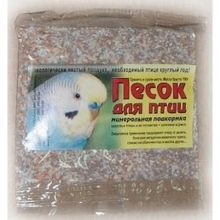
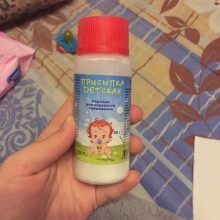

When buying talcum powder, it is important to pay attention to its composition. The powder should not contain any additives.
Talc must be sprinkled on the feathers of the bird. You do not need to wash it off - the parrot will clean its feathers on its own. Sand and flour are placed directly in the bird's cage. The loose product must first be placed in a deep container. Parrots usually clean their feathers on their own with great pleasure using sand or flour.
How to dry a bird?
After bathing, the risk of catching a cold increases. For this reason, it is important to provide a comfortable environment for the birds, not only during washing, but also during the drying period. Drying the bird with a hairdryer is strictly prohibited. As noted earlier, parrots lack sebaceous glands. Dry and hot air from a hair dryer can ruin your pet's skin. Small cracks appear on the skin from the effect of the hair dryer. Various microbes can easily penetrate them, which can make the parrot very sick. It is also not advisable to use a towel.
It is allowed to wrap the bird with a towel for a while. However, rubbing the birds is undesirable.
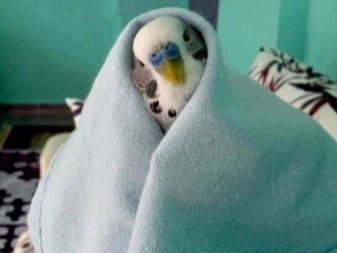
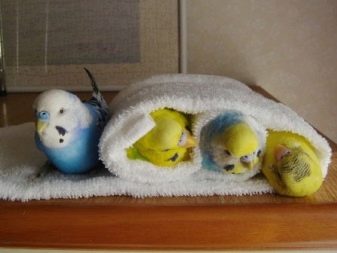
It is best if the parrot dries naturally. You need to make sure that there are no drafts in the apartment during drying. It is recommended to close all windows and do not slam doors. The air temperature in the room should be the same as during swimming - about 25 degrees or slightly higher. To speed up the drying process, you can place the bird in a cage, and place a lamp nearby and turn it on. The bird will dry faster near a burning lamp.
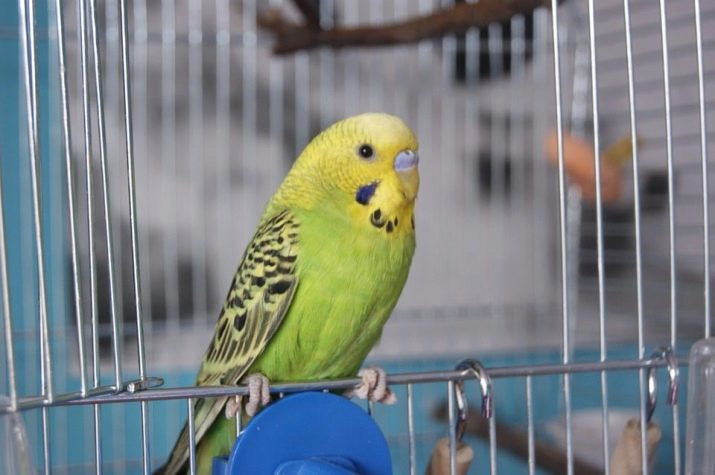
For information on how to properly bathe a parrot, see the following video:








